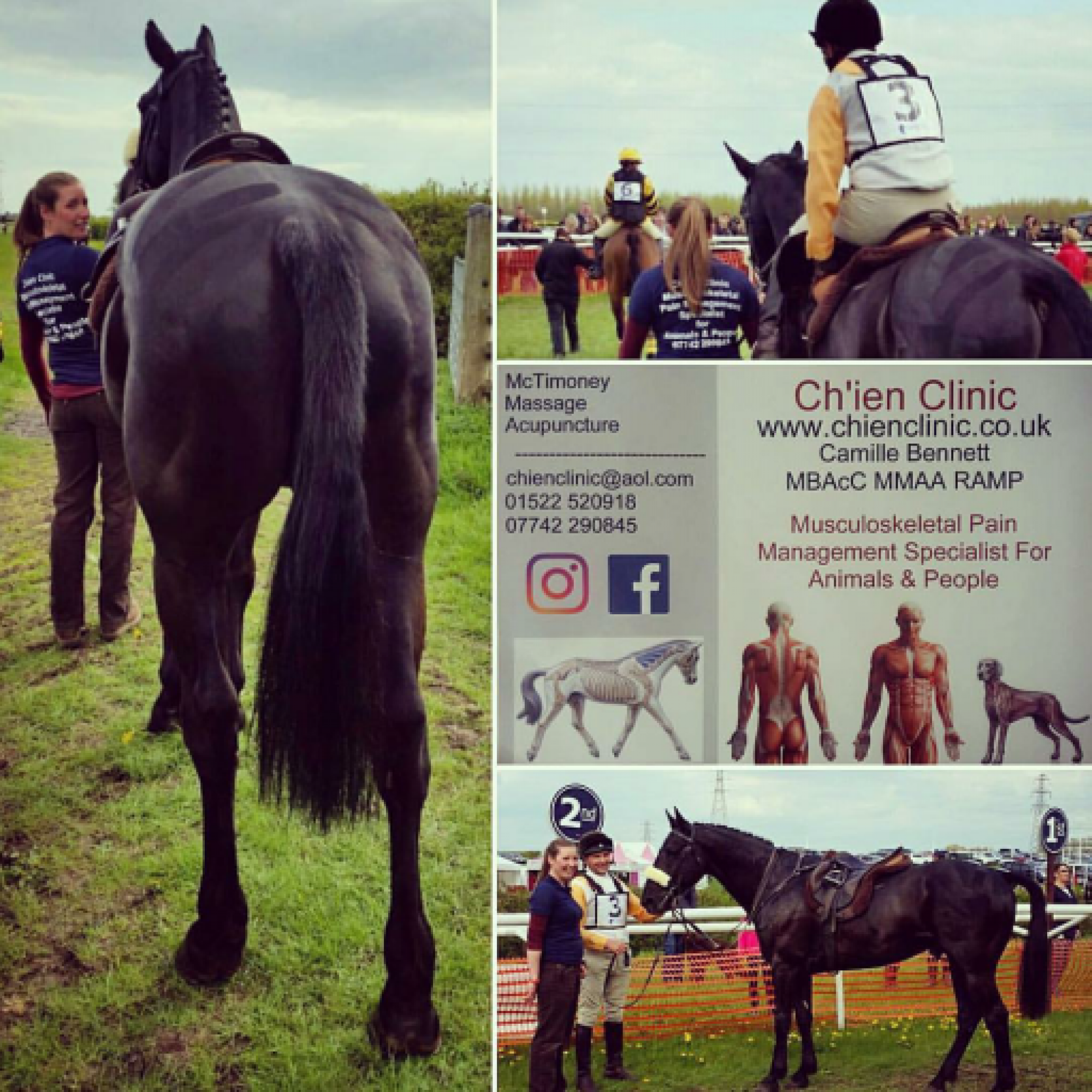You may consider treatment for any of the following reasons:
- A change in performance
- A change in behavior or normal habits, such as resistance, napping or bucking
- A reluctance to perform or complete normal activities
- Stiffness/soreness
- Signs of discomfort – including flinching, tail swishing and dipping away whilst grooming
- Uneven pressure from the saddle
- Muscle atrophy or uneven muscle development
- Stiffness on one rein
- Disunited canter or struggling to collect
- Difficulty in lengthening strides
- Feeling unlevel behind or inability to stand square
- Excessive or uneven shoe wear
- General maintenance – including pre or post season treatments
Possible causes of these problems include:
- Slips or falls – whilst ridden, turned out, jumping etc.
- Repetitive work – can cause areas of the body to become stiff and sore
- High intensity work – Hunting horses are often ridden for hours, during competition they’re asked to perform at a high level. As with our own bodies it feels great to have treatment to release tension.
- Tack – especially saddles, can cause areas of discomfort
- Dental discomfort – can affect head carriage are therefore alter the way the horse moves and uses his/her body
- Eating habits – for example eating from a haynet from the same position constanly, eg twisting to left or right
- Compensations arising from lameness – A change in weight distribution during lameness may have caused stiffness/soreness elsewhere.
- Body Conformation – The horse we have may not always be ideally suited to/built for the discipline we choose, although performing very effectively it may cause more strain on the body
- Foot Conformation – Uneven distribution of weight through the legs can put extra strain on the body
- Breeding – Carrying foals and or traumatic births can be a cause of misalignments, as can the demands faced by stallions at stud.
- Rider – Just carrying a rider causes more ‘work’ for the horses body, but rider misalignment, weight and ability can alter the horses movement and cause compensations. In effect the horse can cause a rider to have a bad back, but the rider could also cause the horse to have a bad back.
A correctly aligned horse and rider is ideal for reaching maximum potential, but is also best for the comfort of everyone involved.
